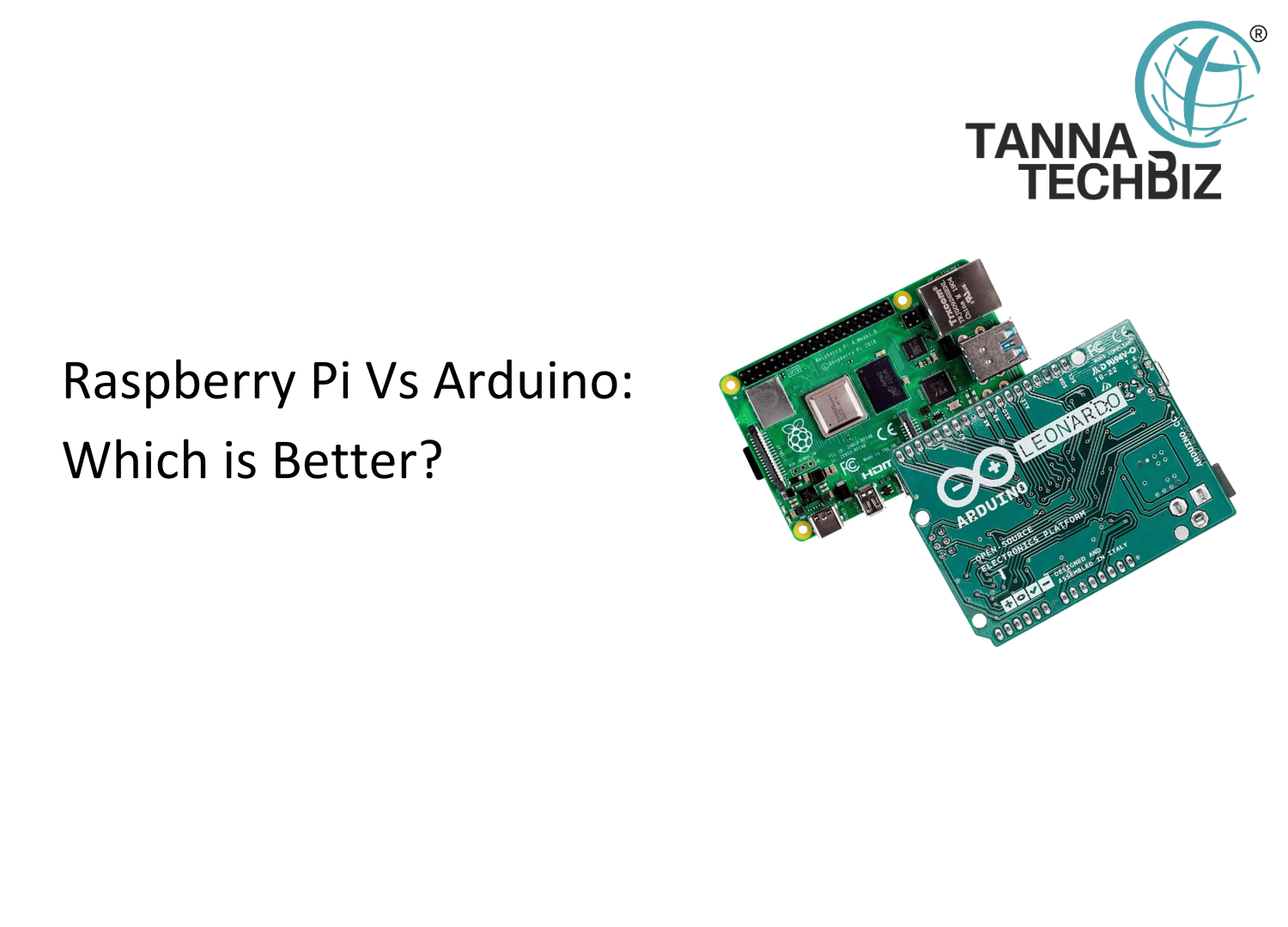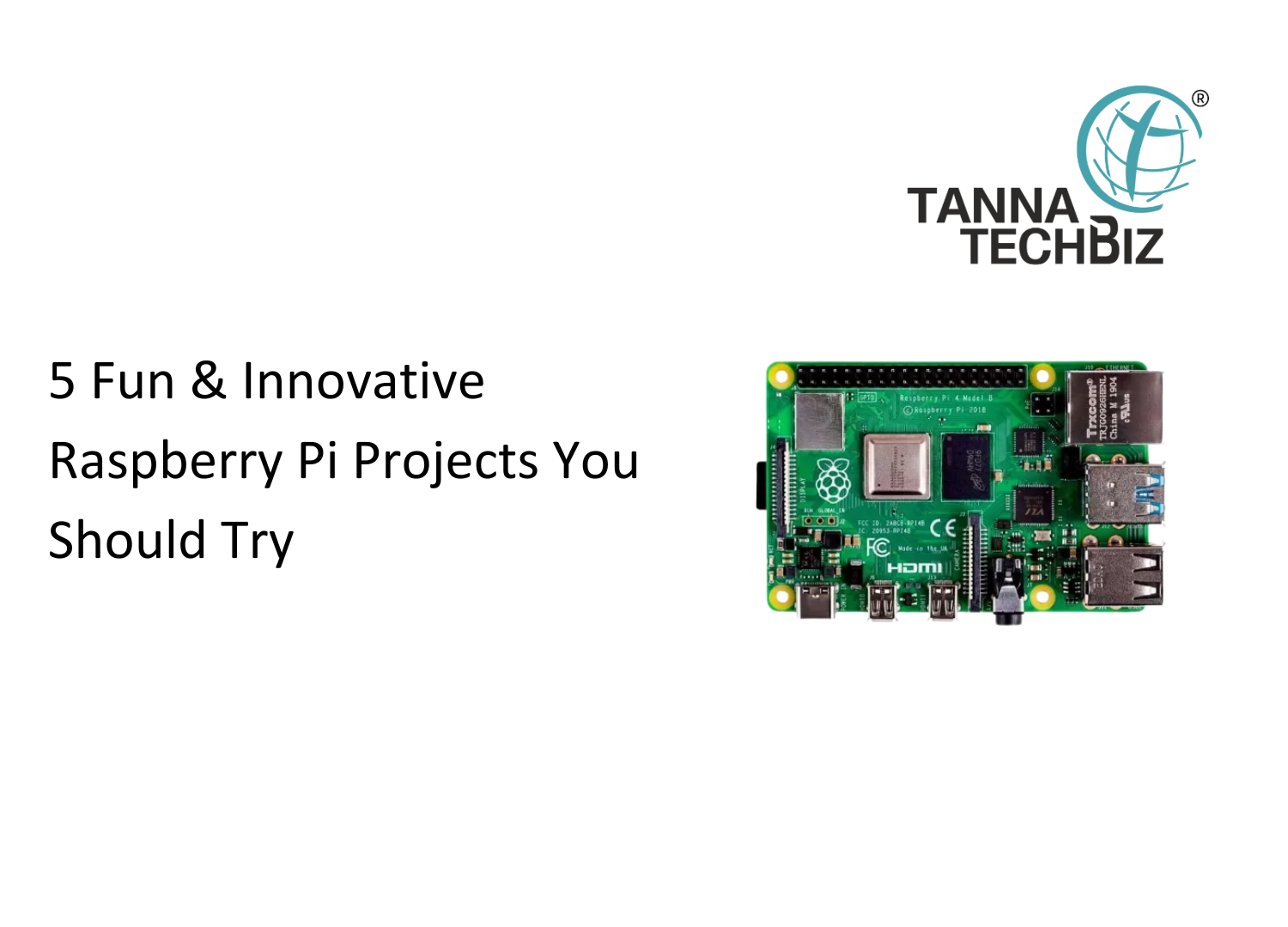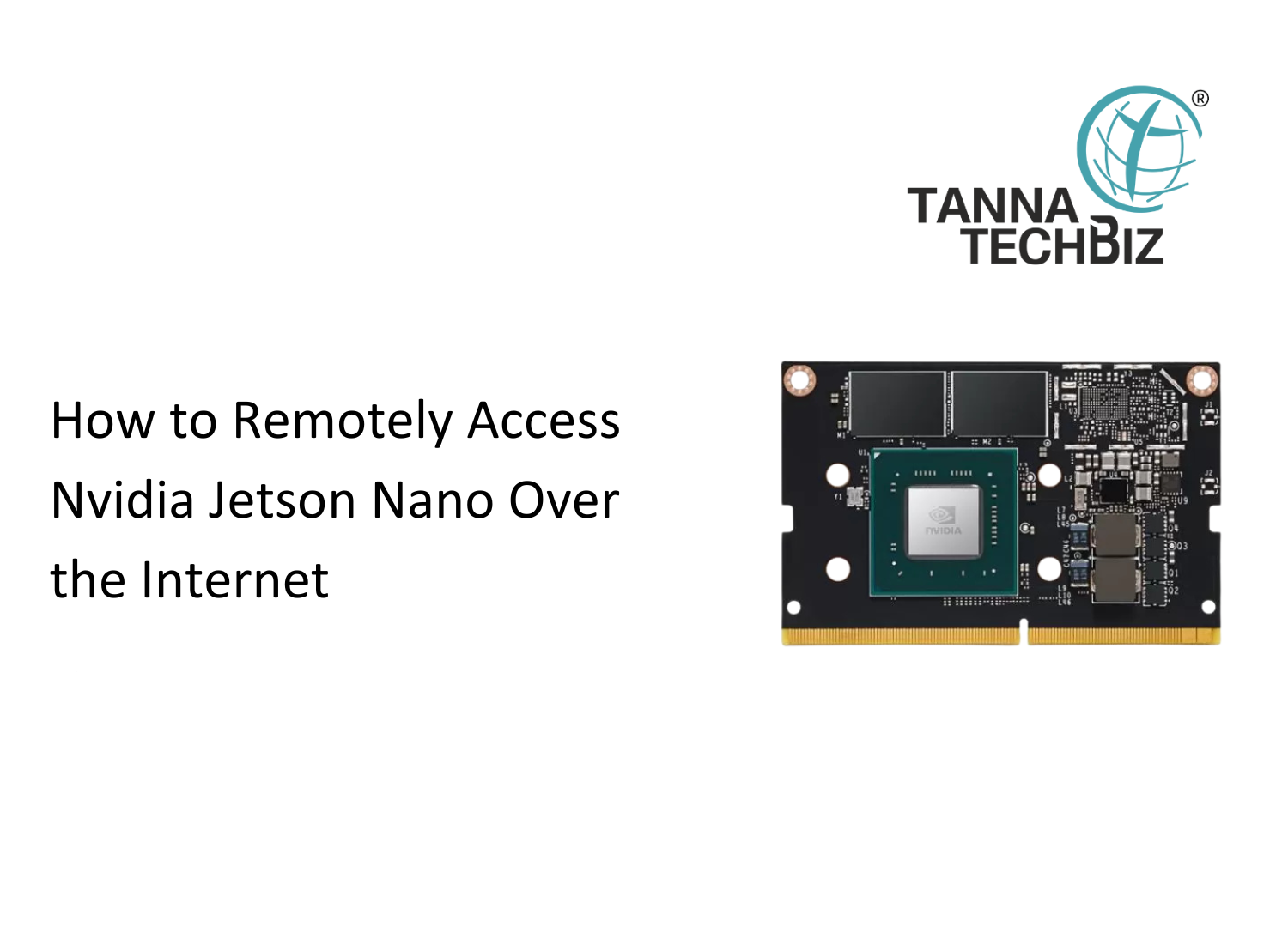Raspberry Pi Vs Arduino: Which is Better?
March 10, 2025 104

Whether you are new to electronics or into DIY projects, you are likely to have heard of the Raspberry Pi and Arduino. On the surface, they look alike, like two siblings in the tech industry, but there is certainly more than meets the eye. Depending on one's particular project, one can capitalize on the strengths of any of the two. So, it’s easier to understand without sounding overly complex.
What is Arduino All About?
Arduino is a microcontroller board that excels in completing one task perfectly while repeating it. Picture wiring a light bulb so it turns on when dark, reading a temperature sensor, or turning on a small motor. Since there is no operating system, there are no multitasking capabilities, only a single program being executed in loops indefinitely.
It is incredibly light, ultra low power, and simple, to program with the Arduino IDE. It is perfect for starters and hobbyists, who need to automate basic tasks without a complicated setup.
Meet Raspberry Pi: A Palm-Sized Computer
Essentially, Raspberry Pi is a mini computer that you can hold in your hand. It can run a complete operating system (Most of the time, it runs on Raspberry Pi OS, which is based on Linux), making it possible to surf the web, watch videos, and even create a mini server.
It is perfect for projects that require a device to compute and connect to the internet, such as hosting a website or running small-scale AI models. It comes with USB ports, HDMI, Wi-Fi, and Bluetooth, so the possibilities are endless.
Vertical Comparison: Arduino vs. Raspberry Pi
- Power Use: Arduino is the best choice if your project runs from a battery. Pi needs uninterrupted electricity.
- Processing Power: Pi is great for highly demanding activities because of how swiftly it processes tasks.
- Connectivity: Arduino has to be modified with added peripherals like sticks or modules; Pi already has Wi-Fi and Bluetooth built-in.
- Real-time Control: Arduino is superior for real-time activities such as handling motors and sensors.
- Learning Curve: Getting started with Pi requires some Linux knowledge, unlike Arduino, which is very simple to begin with.
Which One Should You Get?
It depends on what sort of project you wish to tackle. If all you want is blinking lights, use Arduino. If you'd like to build a smart home system or a media centre, grab a Raspberry Pi.
Conclusion
If you want to get started, Tanna TechBiz Store has lots of good stuff regarding both Arduino and Raspberry Pi boards. Along with kits and accessories. For every level of expertise, they have everything required to make the most out of your ideas.



